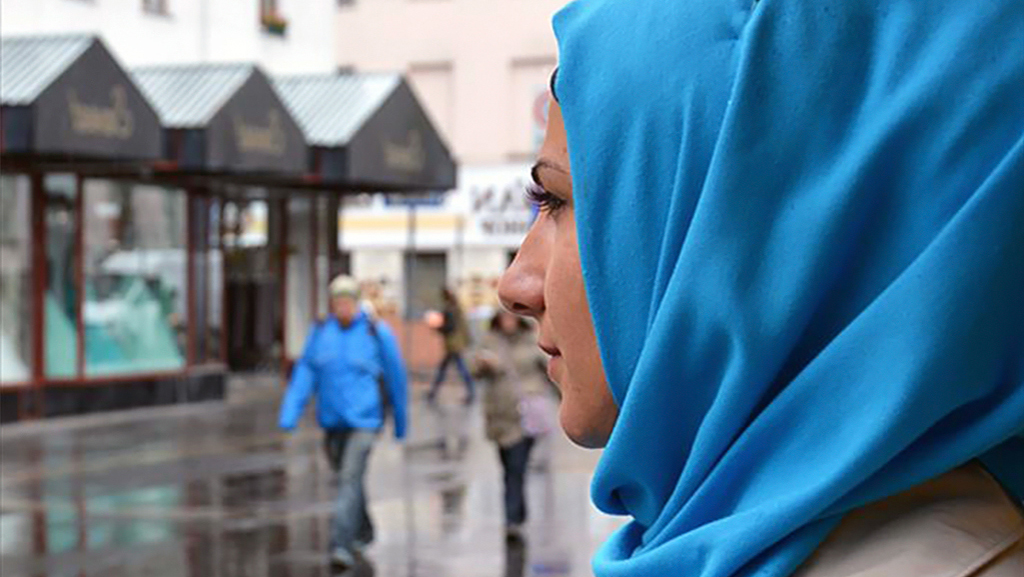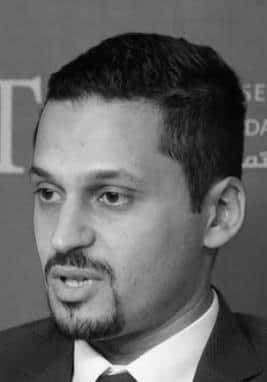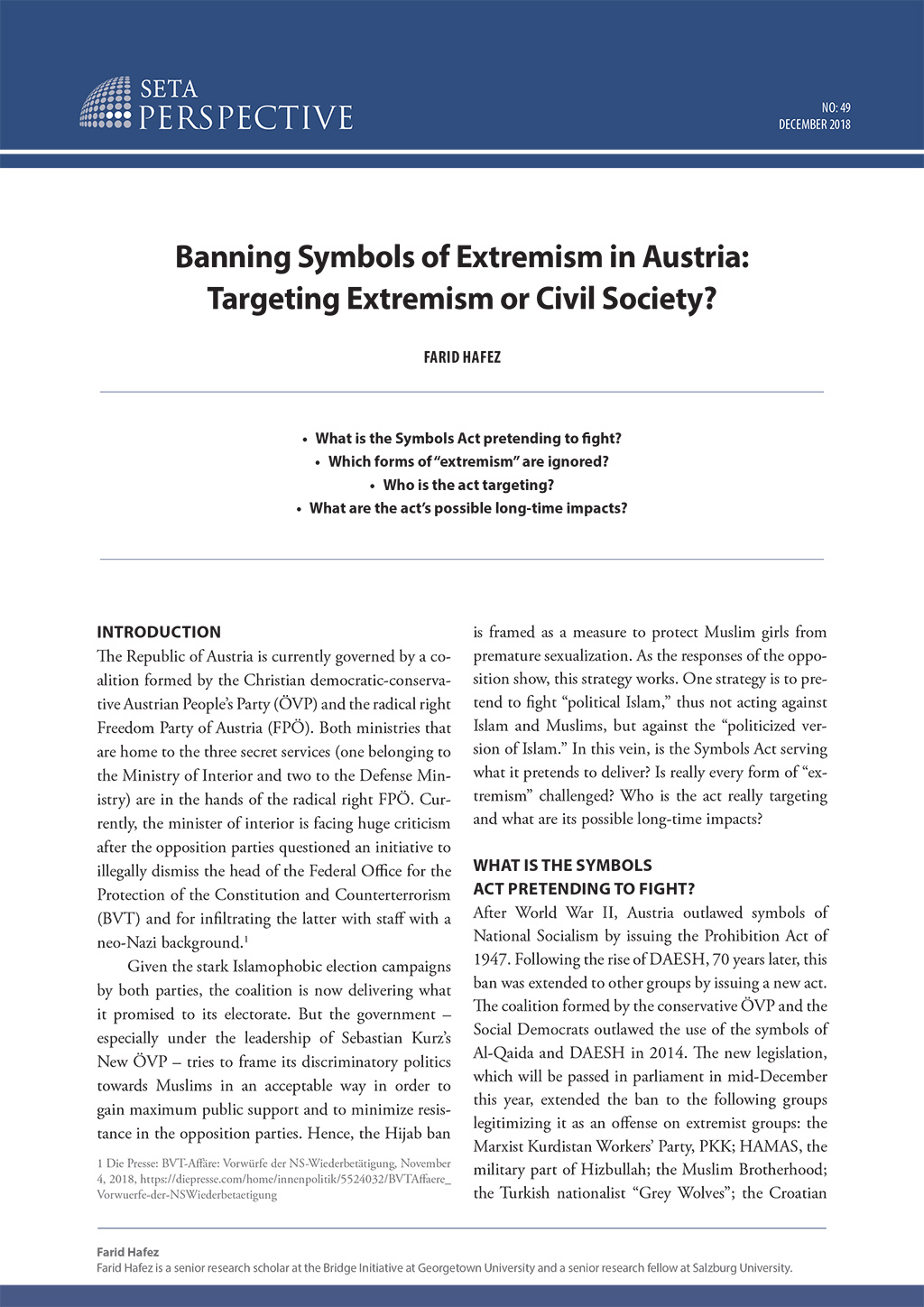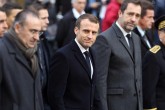The Republic of Austria is currently governed by a coalition formed by the Christian democratic-conservative Austrian People’s Party (ÖVP) and the radical right Freedom Party of Austria (FPÖ). Both ministries that are home to the three secret services (one belonging to the Ministry of Interior and two to the Defense Ministry) are in the hands of the radical right FPÖ. Currently, the minister of interior is facing huge criticism after the opposition parties questioned an initiative to illegally dismiss the head of the Federal Office for the Protection of the Constitution and Counterterrorism (BVT) and for infiltrating the latter with staff with a neo-Nazi background.
Given the stark Islamophobic election campaigns by both parties, the coalition is now delivering what it promised to its electorate. But the government – especially under the leadership of Sebastian Kurz’s New ÖVP – tries to frame its discriminatory politics towards Muslims in an acceptable way in order to gain maximum public support and to minimize resistance in the opposition parties. Hence, the Hijab ban is framed as a measure to protect Muslim girls from premature sexualization. As the responses of the opposition show, this strategy works. One strategy is to pretend to fight “political Islam,” thus not acting against Islam and Muslims, but against the “politicized version of Islam.” In this vein, is the Symbols Act serving what it pretends to deliver? Is really every form of “extremism” challenged? Who is the act really targeting and what are its possible long-time impacts?…




